This year there's a total solar eclipse on March 9th (visible from Indonesia) and an annular on September 1st (central Africa). But the terrific "tetrad" of total lunar eclipses is over — we'll see just two barely-there penumbral eclipses in 2016, on March 23rd and September 16th.
Any list of nature's grandest spectacles would certainly include eclipses of the Sun and Moon. Up to seven of them can take place in one year, though the last time that happened was 1982. The fewest possible is four, as will be the case in 2016. Neither of the solar eclipses in 2016 — one total and one annular — is observable from the Americas. And both lunar eclipses in 2016 will involve extreme grazes of Earth's shadow that will be challenging to notice at all.
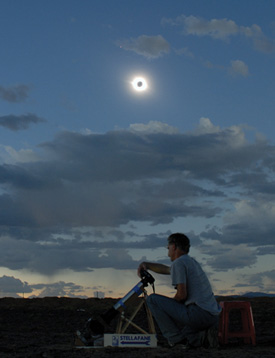
Few events in nature offer the drama and spectacle of a total solar eclipse. This one occurred over China on August 1, 2008.
S&T: Dennis di Cicco
Why Do Eclipses Happen?
A solar eclipse, such as the one pictured at right, occurs only at new Moon, when the lunar disk passes directly between us and the Sun. Conversely, a lunar eclipse takes place during full Moon, when our satellite passes through Earth's shadow.
These alignments don't happen at every new and full Moon because the lunar orbit is tipped about 5° to Earth's orbital plane — only occasionally do the Sun, Earth, and Moon line up exactly enough for an eclipse to occur. (The technical name for that, by the way, is syzygy.)
Three types of lunar eclipse are possible (total, partial, and penumbral) depending on how deeply the full Moon plunges into or near the umbra, our planet's dark, central shadow.
If it goes all the way in, we see a total lunar eclipse that's preceded and followed by partial phases. That was the case during the widely viewed event in September 2015, which marked the conclusion of a series of four consecutive total lunar eclipses in 2014–15! Such eclipse tetrads are not common — the last one occurred during 2003–04, but the next won't begin until 2032.
[caption id="attachment_255433123" align="alignright
 2
2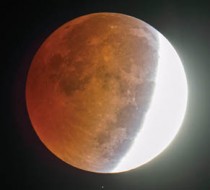
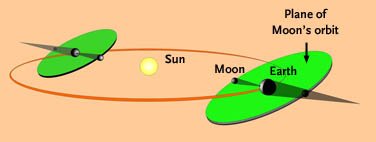
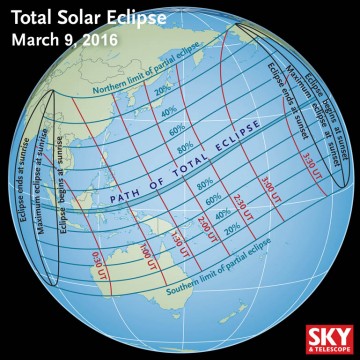
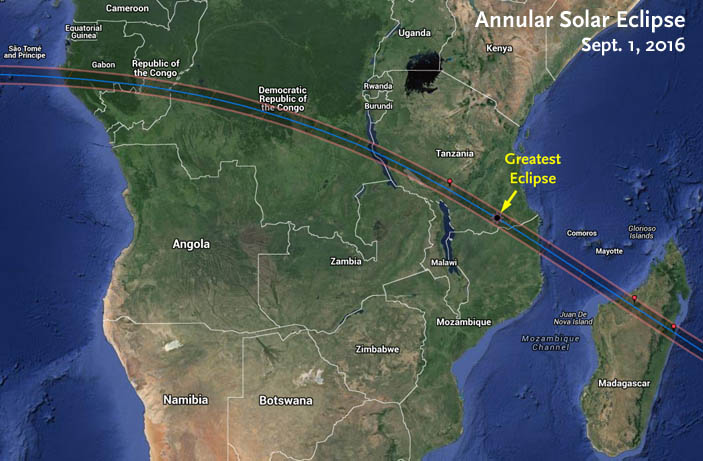

Comments
Anthony Barreiro
January 22, 2016 at 5:22 pm
Thanks Kelly for this interesting and useful report. There seems to be a small error: the section on the March 23 penumbral eclipse reads, "However, March 23rd's event only barely qualifies as a total lunar eclipse." It barely qualifies as a penumbral eclipse.
You must be logged in to post a comment.
J. Kelly BeattyPost Author
January 26, 2016 at 5:26 pm
yes indeed -- now fixed.
You must be logged in to post a comment.
You must be logged in to post a comment.